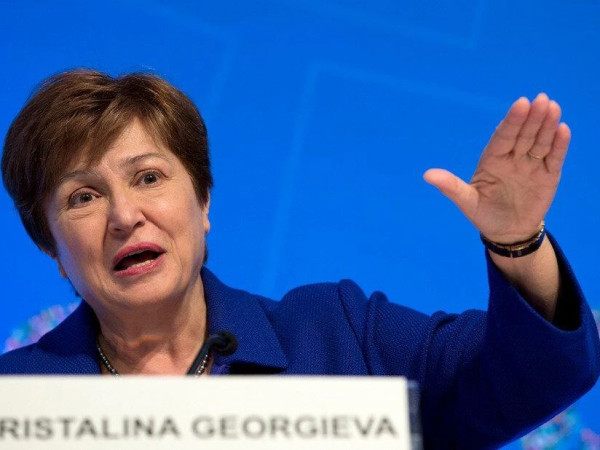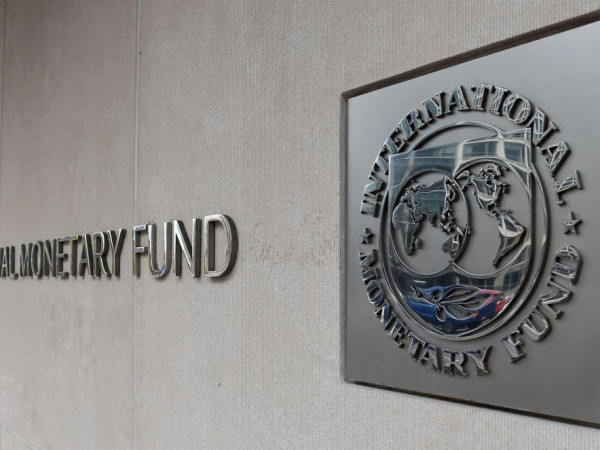The International Monetary Fund (IMF) published Technical Assistance Report on Public Sector Balance Sheet and State Owned Enterprises. According to the report, Georgia’s public sector balance sheet (PSBS) is in relatively healthy shape, with assets exceeding liabilities, and is comparatively lean. Looking across all entities that the government controls, including the central government, local governments, the State-Owned Enterprise (SOE) sector and the National Bank of Georgia (NBG), total assets are worth 149 percent of GDP, made up of cash, loans, infrastructure, land and productive SOE assets. Liabilities are worth 81 percent of GDP, primarily comprising loans and debt of the government and SOEs. This leaves positive net worth of 68 percent of GDP, putting it in the top third of countries in the IMF’s database.
The PSBS’s large foreign exchange exposure and relatively large SOE sector highlight some risks. With a net foreign exchange exposure of around 50 percent of GDP, Georgia’s net foreign exchange exposure of 50 percent of GDP is one of the largest amongst measured countries. The SOE sector is large, particularly given the otherwise lean nature of public sector assets, highly risky, and a net draw on the budget. While general government liquidity ratios are relatively comfortable, imminent SOE financing needs of around 18 percent of GDP could prove challenging. Finally, the valuation of government non-financial assets is not in line with international standards, so may be revised down in the future.
Longer term prospects also pose some concerns, with a looming demographic transition and existing guarantees under PPAs set to increase fiscal pressures. While having relatively low health and pension spending, Georgia has one of the largest ageing rates, with the number of working age people supporting each pensioner falling from four to two over the next 50 years. This transition will begin as soon as the mid-2020s—so within the medium-term horizon. At the same time, existing guarantees from PPAs are set to peak in 2024. These are anticipated to be met primarily by customer payments, though under baseline projections the residual payments, that ultimately must be covered by the government, are worth 22 percent of GDP over 40 years, with the annual payment peaking at 0.6 percent of GDP. These payments could double under plausible scenarios, relating to the key risks of foreign exchange domestic price exposure.
Georgia’s future fiscal deficits under current policy settings exceed net worth, resulting in negative intertemporal net worth. The ongoing pension policy discussions demonstrate the impact that policy choices today have for the future—with estimates of Intertemporal Net Financial Worth (INFW) varying from minus 122 percent of GDP to minus 178 percent of GDP, depending on different indexing options. The new second pension pillar will increase the size of the balance sheet, calling for greater transparency around asset allocation and returns.
The sectorization exercise identifying whether SOEs should be inside or outside the general government sector crystallizes some of the problems within the SOE sector. This exercise, required as a structural benchmark under the IMF’s Extended Fund Facility (EFF), assesses whether 241 SOEs should be sectorized as government units, based on whether they can be 8 considered commercial entities on economic rather than legal grounds. Overall, 196 of the SOEs, including ESCO, United Water Supply, Melioration of Georgia and the Partnership Fund are to be included within the general government sector. These results highlight the dependence of many SOEs on government funding, as well as the role of government in SOE’s management decisions.
While these reclassifications have no impact on the overall PSBS, they will increase the 2018 general government deficit and debt by 0.3 and 1.2 percent of GDP respectively. General government revenues and expenditures for 2018 will be revised up by 2.1 percent of GDP, and expenditures by 2.4. The impact on debt would be even larger, at 3.8 percent of GDP if MK Railway were reclassified as a 50 percent Georgian general government unit. While it is clearly not a market producer, further clarification is required to determine whether it is a Georgian government-controlled entity.
These issues are not a surprise, due to the high-quality analysis performed in the government’s Fiscal Risk Statement, which has been improving since first released in 2014. In addition to assessing broader fiscal risks, this document analyses the performance of the SOE sector, and has been identifying these risks for some time. With the ongoing assistance of FAD capacity development, the FRS performs financial assessments of major SOEs, and assesses prospects under both baseline and risk scenarios into the future.
A deeper analysis of the SOE sector identifies that underlying operating earnings among most of the big six SOEs are positive, but large recent and pending asset write downs retard the sector. Nevertheless, only one of the SOEs is generating sufficient operating profits to cover its capital costs, and others are making significant losses. Overall the sector has drawn around 6 percent of GDP from the government budget over the past five years, without contributing anything in the way of dividends.
The reliability of the PSBS depends on the quality of the underlying data and accounting systems, which the planned adoption of IPSAS in 2020 will strengthen. While the NBG and SOE accounts are based on International Financial Reporting Standards (IFRS), the government’s financial statements are based on national standards, are aggregated rather than consolidated, and remain unaudited at a consolidated level. As a result there are a number of gaps, particularly regarding land and non-financial assets.
This reform is at a critical juncture, with much to do over the remainder of 2019 to have the accounting systems in place for the beginning of the year. The Chart of Accounts are ready, however the instructions to the CoA are not yet ready and need to be supplemented with examples of double entry inputs. The Recognition and Disclosure Instructions, which lays out the standards, are yet to be translated into Georgian, and adjusted to meet local requirements. There is time for this to be completed, but for the reform to be successful, additional efforts are needed to provide training on the instructions and prepare IT systems for the change.















